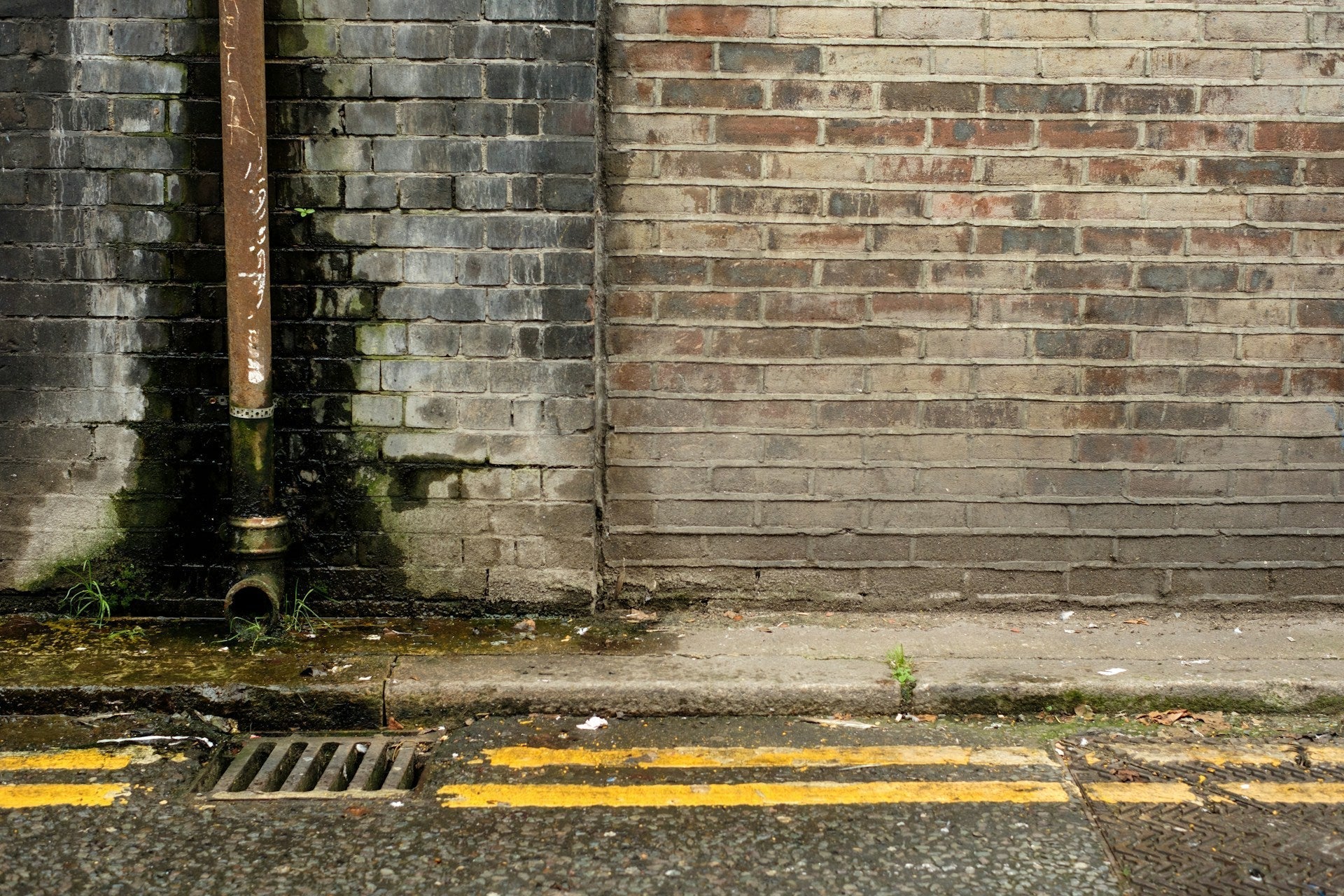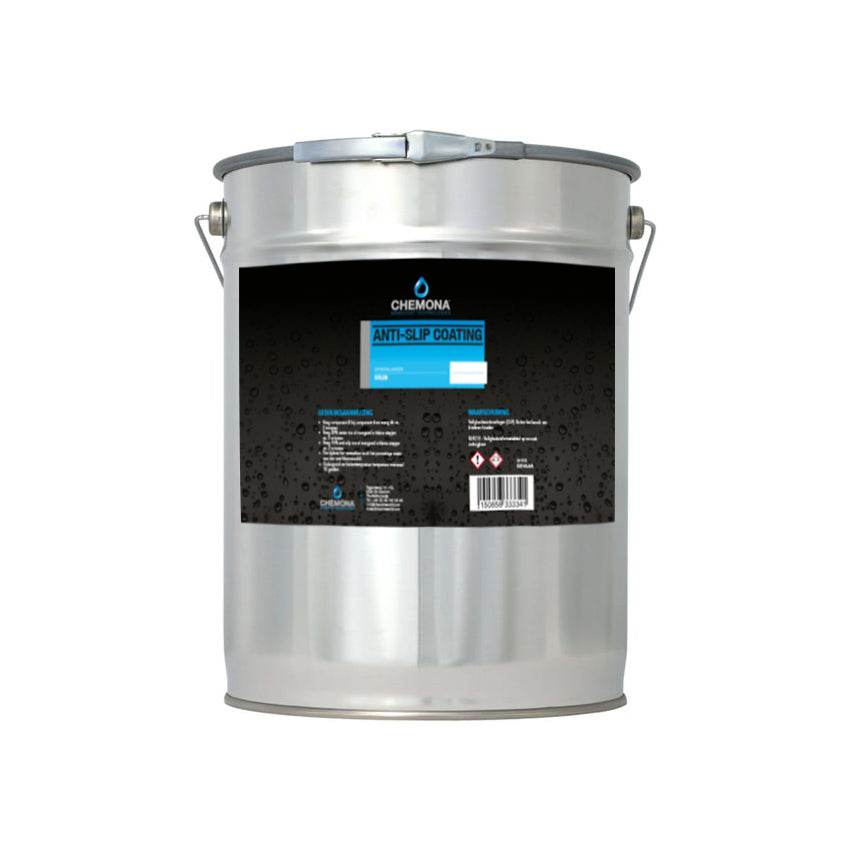Urine nuisance is a common problem in urban areas. Especially in entertainment districts, at stations and in alleys, facades and walls are often used as urinals. This not only leads to stench and pollution, but also affects the streetscape. For entrepreneurs, municipalities and property owners, this means extra cleaning costs, damage to materials and nuisance for local residents. Fortunately, there is a sustainable, preventive solution: anti-urine coating. This technology uses superhydrophobic properties to remind wild urinators of their behavior – literally.
In this blog, we answer the most frequently asked questions about this innovative application of nano-coating technology. From operation and safety to costs and effectiveness: this is what you need to know about anti-urine coating as a modern solution to an old problem.
What is an anti-urine coating?
An anti-urine coating is a special, water- and dirt-repellent layer that is applied to vertical surfaces, such as walls, gates or electrical cabinets. The coating creates a barrier with an extremely low surface tension, which prevents liquids from adhering to the material. In the case of urine, this means that the stream is reflected directly back to the source – the wild urinator himself.
The coating has been developed to deter unwanted behaviour without physical intervention. It is a passive, yet effective way to keep environments clean and hygienic. The visual appearance of the surface remains unaffected, which makes it ideal for historic buildings or locations with aesthetic value.
For companies and governments, anti-urine coating is a smart investment in public hygiene and in appearance. With minimal effort, the streetscape remains cleaner and repeated pollution is actively prevented.
How does it work?
The technology behind anti-urine coatings is based on nanotechnology. At a microscopic level, the coating forms a structure that is comparable to that of a lotus leaf: a surface on which water droplets (or in this case: urine) cannot get a grip. Thanks to these superhydrophobic properties, each droplet is immediately repelled, without wetting the surface.
When someone urinates against a wall treated with anti-urine coating, the urine immediately splashes back. This provides an unpleasant surprise, which discourages repetition. Important to know: the operation is completely passive. No power supply or moving part is required. Only the physical properties of the coating do the work.
The coating adheres permanently to surfaces such as concrete, metal, plastic or painted surfaces. The right preparation and application guarantee a long-term deterrent effect. In combination with awareness and enforcement, a powerful instrument is created against unwanted public pollution.
Is anti-urine coating environmentally friendly?
Many people rightly wonder whether the use of such a coating does not have negative environmental consequences. At Chemona®, sustainability is central, which is why our anti-urine coatings are completely PFAS-free and free of silicones or other persistent chemicals. They are based on environmentally friendly nanotechnology that leaves no toxic residues.
Our formulas are biodegradable and contribute to a lower ecological footprint, without sacrificing performance or lifespan. This makes them extremely suitable for applications in public spaces, where environmental regulations and corporate social responsibility are becoming increasingly important.
However, not all coatings on the market meet the same standards. So when purchasing, make sure that the product is certified, complies with REACH guidelines and is produced with people and the environment in mind. Only then can its use be truly future-proof and responsible.
Where is anti-urine coating used?
Anti-urine coatings are mainly used in places where public urination is a structural problem. Think of entertainment areas, where people under the influence are more likely to urinate on the street. The coating also offers an effective preventive measure around festivals, stadiums and event sites.
Furthermore, bus stops, train stations and parking garages are well-known hotspots. Government buildings, tunnels, alleys and historic buildings are also vulnerable - both in terms of hygiene and aesthetics. For property managers or public space, this coating is therefore a practical addition to the maintenance plan.
The application is simple, provided that the surface is properly cleaned and prepared. After application, the surface is immediately functional and invisible. This preserves architectural elements, while significantly reducing nuisance.
How long does the coating remain effective?
The effectiveness of an anti-urine coating depends on various factors, including the type of coating, the substrate, the weather conditions and the degree of stress. In ideal conditions, the coating can remain effective for up to 2 years. In busy urban areas, it is advisable to plan an annual retreatment.
Quality coatings such as those from Chemona are resistant to UV radiation, frost and precipitation. This makes them suitable for long-term outdoor use. For locations with a lot of pollution or where cleaning with aggressive cleaning agents is regularly carried out, the lifespan may be slightly shorter.
An annual inspection and maintenance service are therefore recommended. By recoating the surface in time, the effect remains optimal and cleaning costs are reduced in the long term.
Is it legal to use?
Yes, the use of anti-urine coatings is completely legal in the Netherlands and Belgium. In fact, many municipalities actively encourage it as part of broader measures against public nuisance. The coating is an ethical and practical alternative to repressive measures and fits in well with the aim of a clean and liveable city.
In cities such as Hamburg and San Francisco, this technology has been part of city policy for years. Amsterdam has also successfully experimented with anti-urine coatings at various locations, with demonstrable results. The legislation does not impose any specific restrictions as long as the products used are safe for people and the environment.
When applying, pay attention to local regulations and coordinate any deployment with the municipality or homeowners' association. Cooperation can facilitate and accelerate implementation, especially on municipal property.
Are there alternatives?
Although anti-urine coating is very effective, it works best in combination with other measures. For example, mobile toilets or urinals can be strategically placed during events or busy evenings. Awareness campaigns, such as posters or street lighting with a deterrent effect, also contribute to behavioral change.
In some cities, urine detection sensors are also used, especially in parking garages. These sensors activate lighting or an alarm when moisture is detected. In addition, fines and enforcement can play an important role, although this is often only effective in combination with visible infrastructure.
Finally, increasing the supply of public toilets is a structural solution. But because this is not always feasible in the short term, anti-urine coating offers an accessible and immediately applicable approach.
What does it cost?
The cost of anti-urine coatings varies depending on the type of product, the surface area and the complexity of the application. On average, the costs are between €30 and €100 per square metre, including preparation and application. This includes professional cleaning beforehand, so that the coating can adhere optimally.
For large surfaces or when purchasing in bulk, suppliers often offer more favourable rates. Municipalities often opt for framework contracts or annual maintenance plans, which provide economies of scale and ensure continuity.
Although the initial investment may seem high, it will result in significant savings in cleaning costs and material damage in the long term. In addition, it contributes to a neater appearance of the environment, which indirectly affects safety and the experience of the public space.
Where can I buy anti-urine coating?
Anti-urine coatings are available from specialist suppliers in the Netherlands and Belgium. Brands such as UltraTech International, NanoProtection and Urban Hygiene have specialised in solutions against public pollution. In addition, there are local distributors of nano coatings or anti-graffiti products that offer similar technologies.
For professional use, it is advisable to choose a supplier that not only sells the product, but also offers advice and application service. This way you can be sure that the coating is applied correctly and meets the applicable environmental requirements.
Chemona® offers sustainable, PFAS-free coatings that have been specially developed for public and commercial applications. Our products combine aesthetic integrity with long-term effectiveness and minimal impact on people and the environment.
Does it really work?
International practical examples show that anti-urine coating really works. In cities such as Hamburg, San Francisco and Amsterdam, a 50 to 70% reduction in urine nuisance was measured after the coating was applied to problem locations. This effect is not temporary, but lasts as long as the surface is properly maintained.
The power of the coating lies in the surprise effect. Because the wild urinator is immediately confronted with the consequences of his own behaviour, repetition is unlikely. In addition, the effect spreads quickly through word of mouth, which also contributes to behavioural change in a preventive way.
For property owners, municipalities and managers of public spaces, it is therefore a proven and sustainable investment that quickly yields returns – both financially and socially.
Frequently Asked Questions (FAQ) – Anti-urine coating
What exactly is an anti-urine coating?
An anti-urine coating is a water-repellent nano layer that prevents urine from adhering to surfaces. Due to the superhydrophobic effect, urine bounces back directly to the person urinating, which discourages wild urination. The coating is transparent, retains the original appearance of the material and offers long-term protection against contamination.
For which surfaces is the coating suitable?
Anti-urine coatings adhere to various surfaces such as:
- Concrete and brick
- Coated metal
- Wood and composite
- Plastic panels
- Facade cladding and graffiti-sensitive areas
Careful cleaning and preparation are essential for good adhesion and maximum effectiveness.
Is the coating visible after application?
No, most anti-urine coatings are completely transparent. They do not change the colour or structure of the surface. This makes them extremely suitable for facades of historic buildings, public art objects and architecturally valuable structures.
Is the coating safe for people and the environment?
Yes, Chemona® coatings are completely PFAS-free, biodegradable and do not contain any harmful substances. They are designed with sustainability in mind and meet the strictest environmental standards. Safety for people, animals and the ecosystem is central to our product development.
How long does an anti-urine coating remain effective?
Depending on the circumstances, the coating remains effective for 6 to 24 months. Factors such as weather conditions, degree of contamination and type of cleaning influence the lifespan. With periodic maintenance or retreatment, the effect is maintained for a long time.
Can I apply the coating myself?
For small surfaces, it is possible to apply it yourself, provided the surface is properly cleaned and dry. For larger projects or critical applications, we recommend professional application. Chemona works with certified application partners who guarantee optimum adhesion and functioning.
How effective is the coating really?
In various cities, the number of wild urination has decreased by 50–70% after the application of anti-urine coatings. The direct deterrent effect ensures a change in behaviour, especially in places with repeated nuisance. The coating also works 24/7 and requires no maintenance to maintain its deterrent function.
What does an anti-urine coating cost?
The price varies depending on the surface area and complexity. For large projects, Chemona offers customised quotes and maintenance contracts with favourable rates.
Are there any additional measures I can take?
Certainly. Anti-urine coating is extra effective in combination with:
- Strategically placed toilets
- Lighting or camera surveillance at nuisance locations
- Awareness campaigns ("you don't pee here!")
- Fines or enforcement
- Urine detection sensors
An integrated approach ensures the greatest impact in the long term.
Where can I order Chemona's anti-urine coating?
Contact us via chemona.nl/contact for a no-obligation quote or consultation. Our experts will be happy to help you with product selection, application and planning. Also possible via certified distributors or as part of a maintenance contract.
Protect your environment with smart technology
Peeing in public is not an inevitable problem. With innovative, environmentally friendly solutions such as anti-urine coating, you actively work towards a cleaner and safer environment. Chemona® offers high-quality nano coatings that not only protect, but also contribute to a more sustainable streetscape.
Interested in a PFAS-free and long-lasting solution to urine nuisance? Contact Chemona today and discover the power of smart surface protection.



